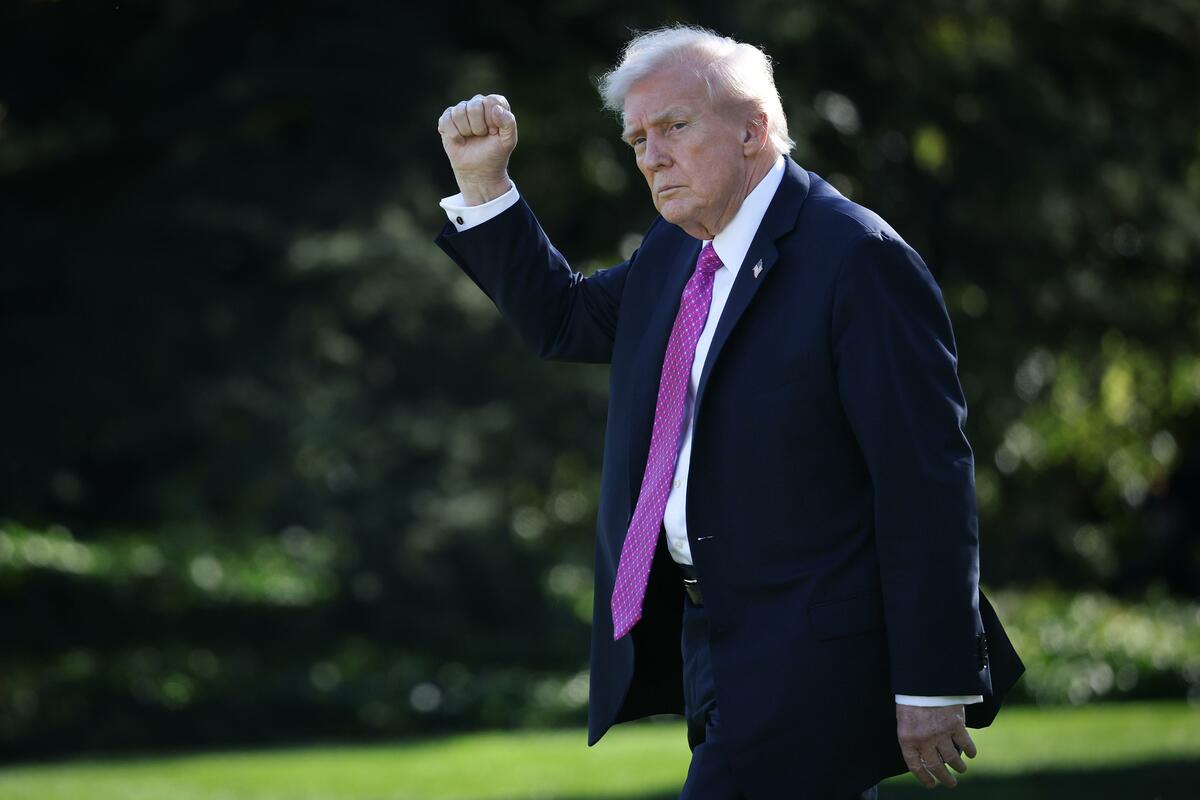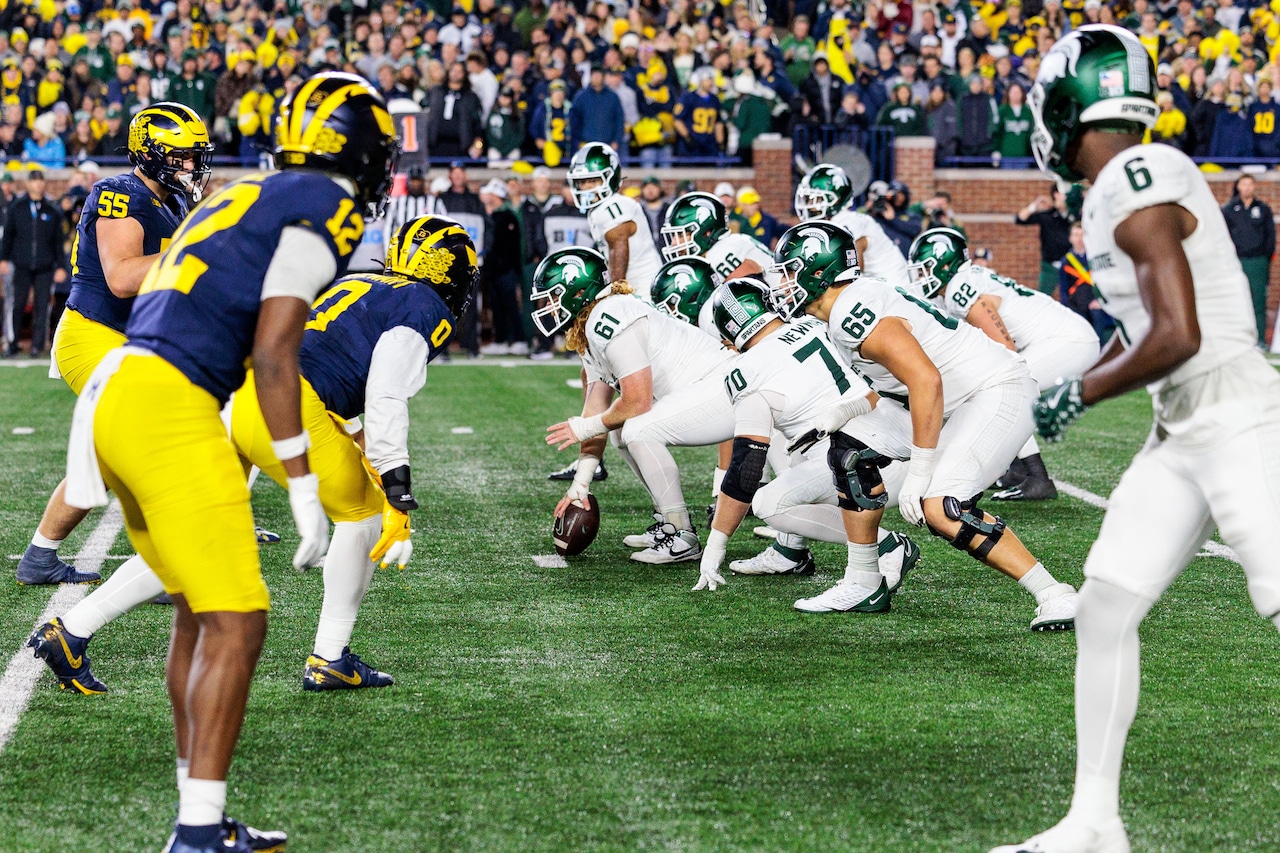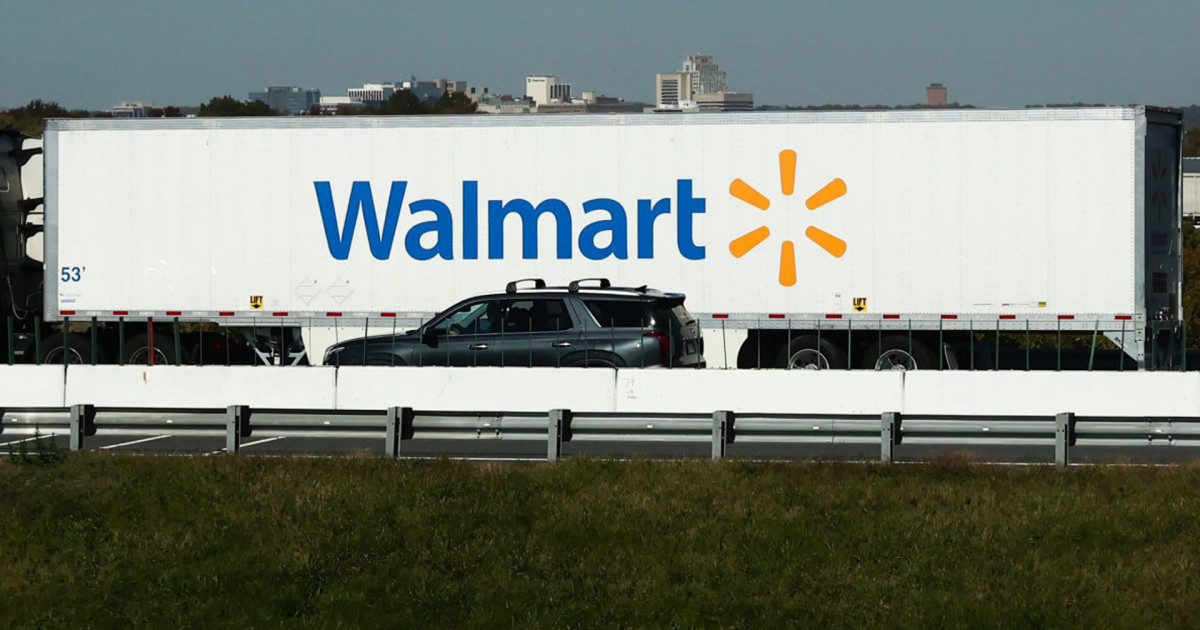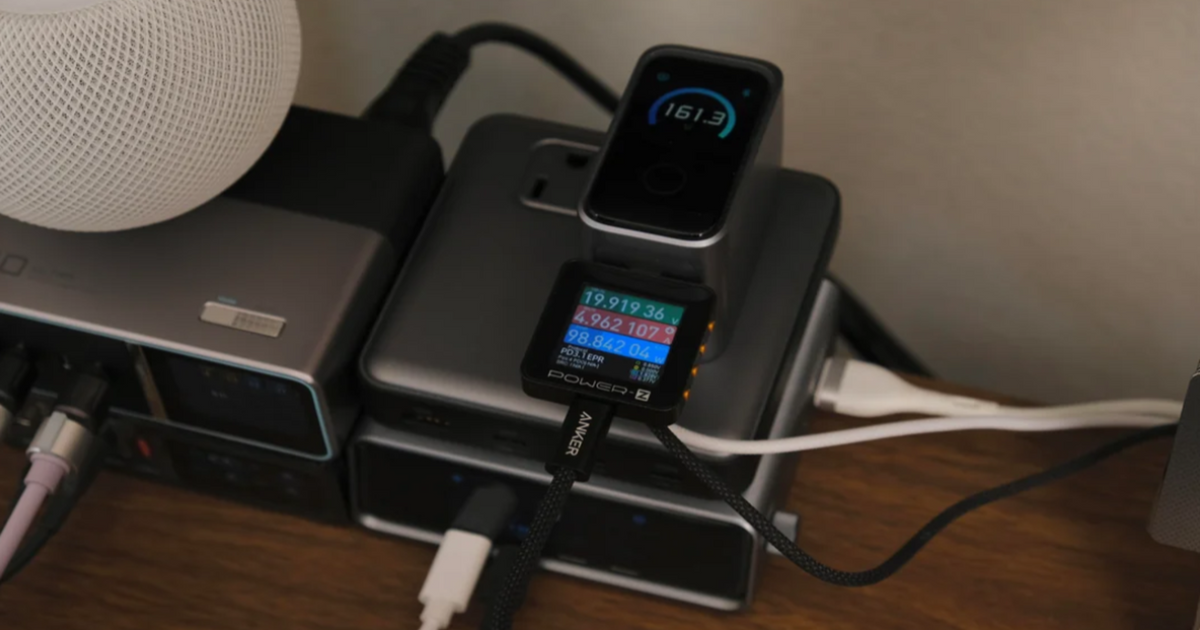Copyright kyodonews

WASHINGTON - U.S. President Donald Trump on late Friday embarked on his first trip to Asia in his second term, visiting Malaysia, Japan and South Korea, as countries in the region and nearly everywhere else in the world continue to try to adapt to his transactional approach to diplomacy. Apart from trying to reassure wary allies and like-minded countries of U.S. commitment to the Indo-Pacific, the climax of Trump's tour through Thursday is expected to come at the end -- a face-to-face meeting with Chinese President Xi Jinping. While China's presence is increasingly evident in every corner of Asian cities, Trump will first descend on the Malaysian capital of Kuala Lumpur on Sunday to attend meetings with leaders of the Association of Southeast Asian Nations. The United States does not engage with ASEAN at the presidential level every year. Trump traveled to Southeast Asia for the 10-member bloc's summits only once during his first term, when the Philippines, a U.S. ally, hosted them in 2017. Despite its long-standing policy of neutrality and avoidance of geopolitical rivalry, ASEAN has assessed Washington's interest in the regional organization based on whether a U.S. president participates in its major annual meetings. Trump's decision to attend the ASEAN-related events and to choose Malaysia as the first stop on his trip signifies that his nine-month-old administration is willing to strengthen ties with Southeast Asian countries, even those not on its high-priority list. However, the apparent main reason for Trump's decision to travel to Kuala Lumpur despite the long flight is to witness the signing of a peace deal between Cambodia and Thailand alongside Malaysian Prime Minister Anwar Ibrahim. The venue will provide Trump with a good opportunity for his bid to cast himself as a peacemaker, as Cambodia and Thailand, with the U.S. president's involvement, have agreed to stop fighting along their shared border following a five-day deadly conflict in July. After Cambodia and Thailand skirmished, Trump said in social media posts that he had spoken with their leaders, urging them to end the conflict or face hefty U.S. tariffs. Trump's itinerary in Japan, starting Monday, will largely be a carbon copy of his 2019 state visit to Tokyo. At that time, on top of spending hours with then Prime Minister Shinzo Abe, with whom he had a close relationship, Trump met with Emperor Naruhito and the relatives of Japanese nationals abducted by North Korea decades ago. He also visited a U.S. naval base near Tokyo. This time, Trump is meeting a new Japanese leader, Sanae Takaichi, Japan's first female prime minister, with the talks on Tuesday coming just a week after she took office. Speaking to reporters aboard Air Force One, Trump referred to his close rapport with Abe while noting Takaichi was the late prime minister's ally, saying, "So that's a good sign. I look forward to meeting her." Takaichi, a hard-line conservative, is known as an ardent follower of Abe, who arguably built the best personal relationship with Trump among world leaders in his first presidency. During his three-day stay in Tokyo, Trump is almost certain to speak fondly of Abe, who was assassinated at a campaign rally in 2022, and emphasize the strength of the decades-old alliance between Washington and Tokyo. At the same time, Trump is likely to praise the trade deal that both sides reached this summer and reiterate his call for Japan to boost investment in the United States and buy more American products. Trump has hit Japan and many other countries, both friend and foe alike, with hefty tariffs, accusing them of "ripping off" the United States. Trump will depart for South Korea on Wednesday morning amid his continued accusations. South Korea chairs an annual summit of the Asia-Pacific Economic Cooperation forum, which has long promoted greater trade and economic integration among 21 Pacific Rim members, including Australia, Chile, Japan, Russia, Singapore and the United States. Trump, who has embraced tariffs as a primary tool of both economic policy and diplomacy, will skip the two-day summit beginning Friday. However, he plans to hold in-person talks with the Chinese president on Thursday before returning to Washington amid renewed trade tensions between the world's two largest economies. Since China announced new export curbs on rare earth minerals vital to high-tech industries earlier this month, Trump has threatened to impose an additional 100 percent tariff on goods imported from the Asian economic powerhouse beginning Nov. 1. As for North Korean leader Kim Jong Un, Trump, who has expressed an interest in meeting him again, told reporters, "If you want to put out the word, I'm open to it," though a senior U.S. official has said there is no plan for face-to-face talks during the Asian trip. During his first presidency, Trump met with the North Korean leader in person three times between 2018 and 2019.



